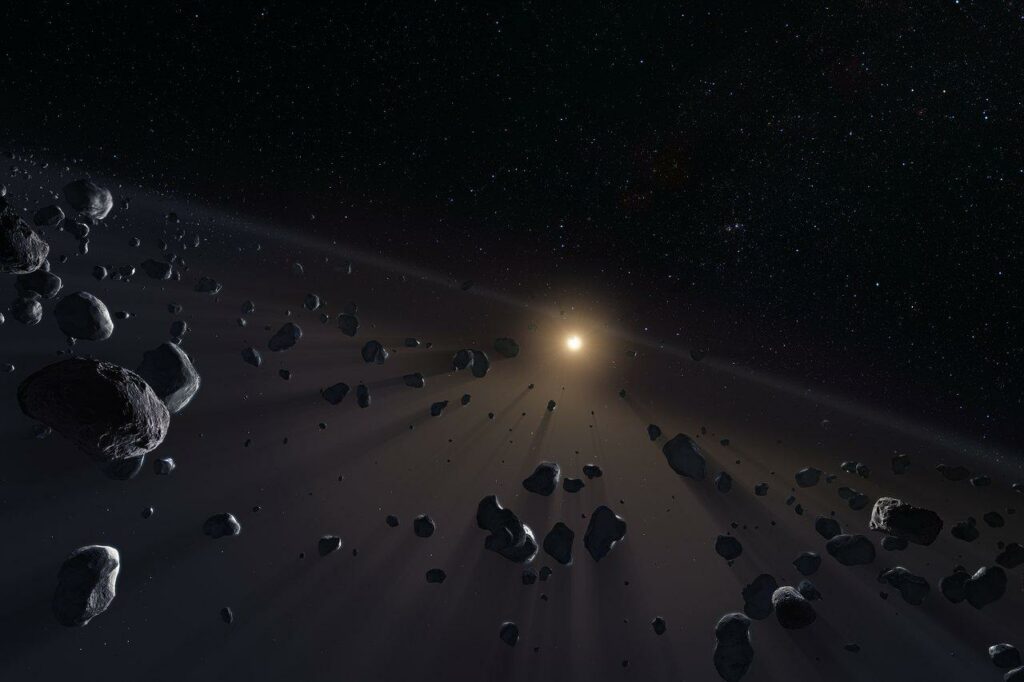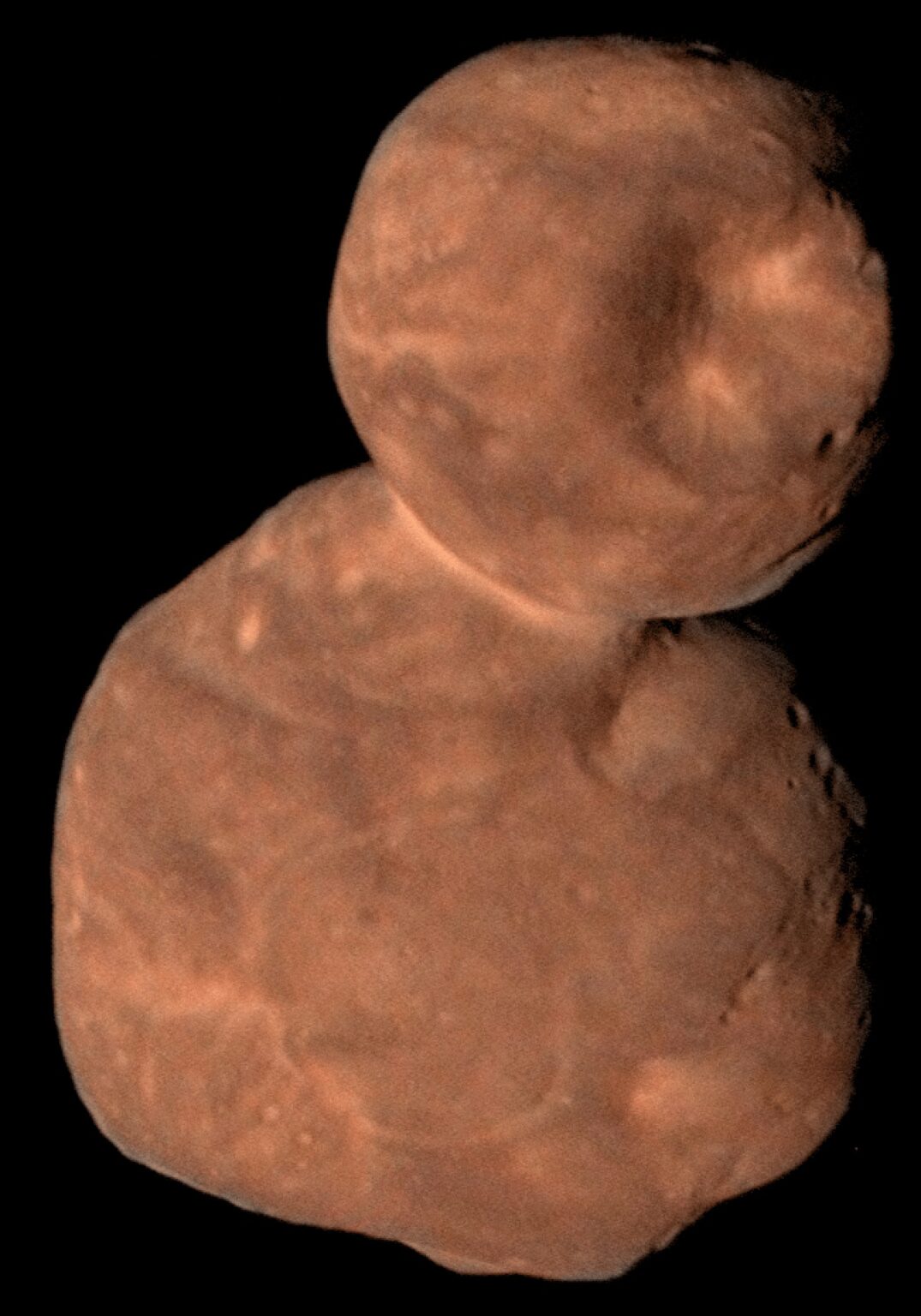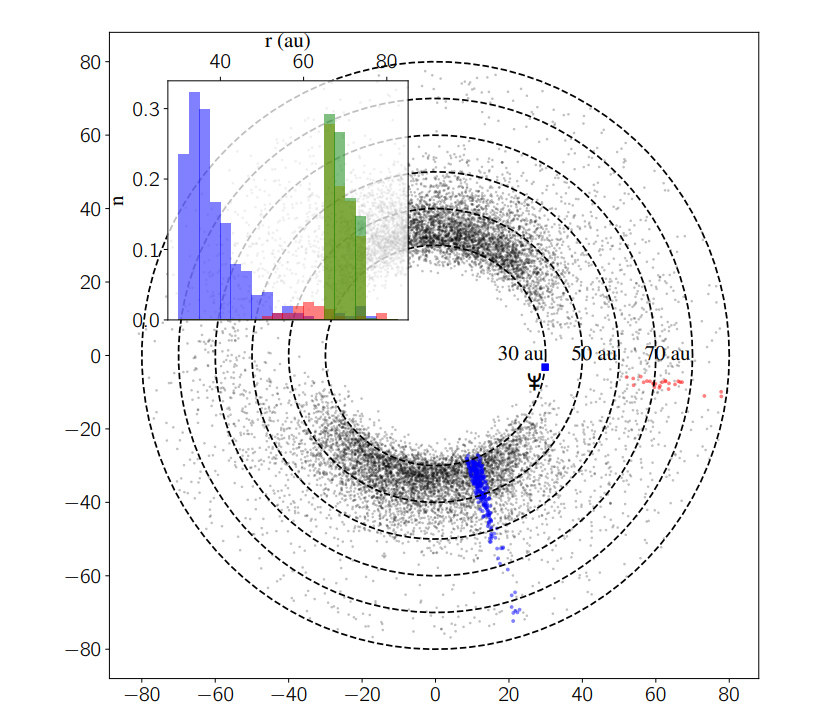American astronomers published an article in which they reported on the results of the search for bodies that could explore the probe New Horizons, located behind the orbit of Pluto. The researchers were able to identify an anomalous distribution of trans-Neptunian objects, indicating the existence of a still unknown region at the far edges of the Solar System.

New Horizons was launched in 2006 to study Pluto and the Kuiper Belt. The mission plan assumed that after passing the dwarf planet, the spacecraft would be directed to some trans-Neptunian object. However, their search proved to be quite a challenge. The fact is that New Horizons is moving towards the constellation Sagittarius, where the center of the Milky Way and the maximum concentration of stars is located. And this seriously complicates any search.
After ground-based telescopes failed to get the job done, Hubble took over. It still managed to find a suitable object for New Horizons, named Arrokoth. The probe made its passage on January 1, 2019.

Since all New Horizons systems continue to operate normally and the apparatus still has sufficient fuel reserves, mission specialists not unreasonably hoped that they would be able to find another object to which it could be directed. So they resumed their search. They used the Subaru telescope. The scientists also applied program learning algorithms to process the data for the first time.
These measures produced results. In total, Subaru was able to detect 239 previously unknown trans-Neptunian objects. Although none of them lie on the New Horizons flight path, the probe can be used to remotely observe them.

However, the most interesting thing about this finding is that the distribution of objects is different than expected. The 11 bodies located at a distance of more than 70 a. e. from the Sun have attracted especially great attention of scientists. Their numbers are 3.5 to 4 times higher than predicted by the models.
According to the researchers, the discovery suggests the existence of a more massive than expected population of distant trans-Neptunian objects. It correlates with data from the space dust detector installed on New Horizons. The amount of dust isn’t decreasing as fast as scientists expected. All this suggests that the Kuiper belt has a more complex structure and extends further than thought, or the presence of another belt of icy bodies at the far edges of the Solar System.
According to arxiv.org


